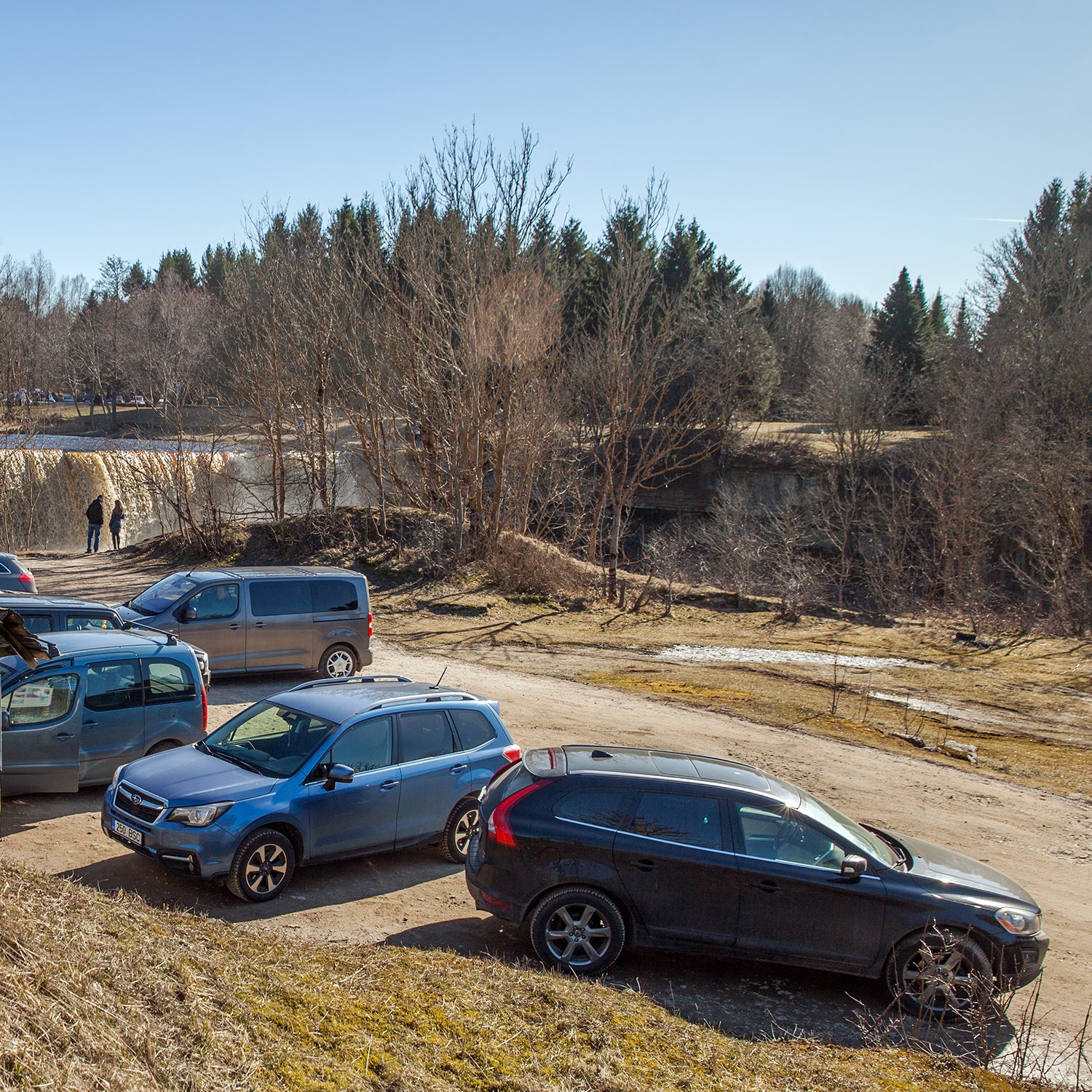Treadiquette is a monthly column helping hikers calibrate their moral compasses. Have a burning question about ethics or etiquette on the trail? Send your predicaments to treadiquette@backpacker.com
Dear Backpacker,
I recently visited a very popular trail while on vacation out of state. I’d been looking forward to the hike for months, and when I arrived, the trailhead was packed. I circled the lot a few times, but all of the official spots were taken. However, there was room in a line of cars parked in a “no parking” zone beside the road. I joined the dozen or so other cars—what’s one more, after all? My hiking partner, however, got mad at me, and was grumpy for the rest of the hike. Who’s in the right here?
—Trailhead Renegade
Dear Renegade,
Your dilemma is one most hikers are familiar with—the devil on one shoulder goading you toward the open trail, while a rule-abiding angel tells you to hit the road. It’s immensely difficult to delay your hike, especially one you’ve been eagerly anticipating, and even more so when you see scores of other hikers bending the rules in their favor. But exercising a bit of willpower could save you from a gut-wrenching end to your hike: No one wants to return to the trailhead, weary-legged and hungry, to find a hefty ticket, or worse, that their car has been booted or towed.
Parking restrictions serve many purposes. On many occasions, illegally parked cars have prevented emergency vehicles from accessing trailheads. The same is true for snow removal vehicles in winter, trail maintenance personnel, and rangers who need to access the trail for myriad reasons. Importantly: Parking illegally also tends to piss off local residents, giving hikers a bad reputation (and in some cases, threatening access).
Leave No Trace also starts before you even get out of the car: Roadside parking can have ill effects on plant life and surrounding habitat. Just like we encourage hikers to keep their boots on the path to , it’s best to avoid running over plants or delicate soil.
Limited parking can help manage crowds on hiking trails, which reduces impact on the environment and boosts your enjoyment as a visitor. Parking only where permitted is a , both on the trail and off.
We know the disappointment of showing up to a crowded trailhead, so take the following steps to avoid driving home in frustration. When visiting a busy area, always identify a nearby alternative hike—you might even discover some unexpected solitude if you have to take plan B. Where available, take advantage of shuttles and carpooling so you can skip the parking lot drama altogether.
Our best advice: Get an early start. You might be tempted to snooze the alarm, but the only way to guarantee a parking spot is beating the crowds. Those lonely miles in the crisp morning air will make it oh so worth it.
Zoe Gates is a senior editor at Backpacker. She runs the Treadiquette column and does her best to avoid trail widening.


